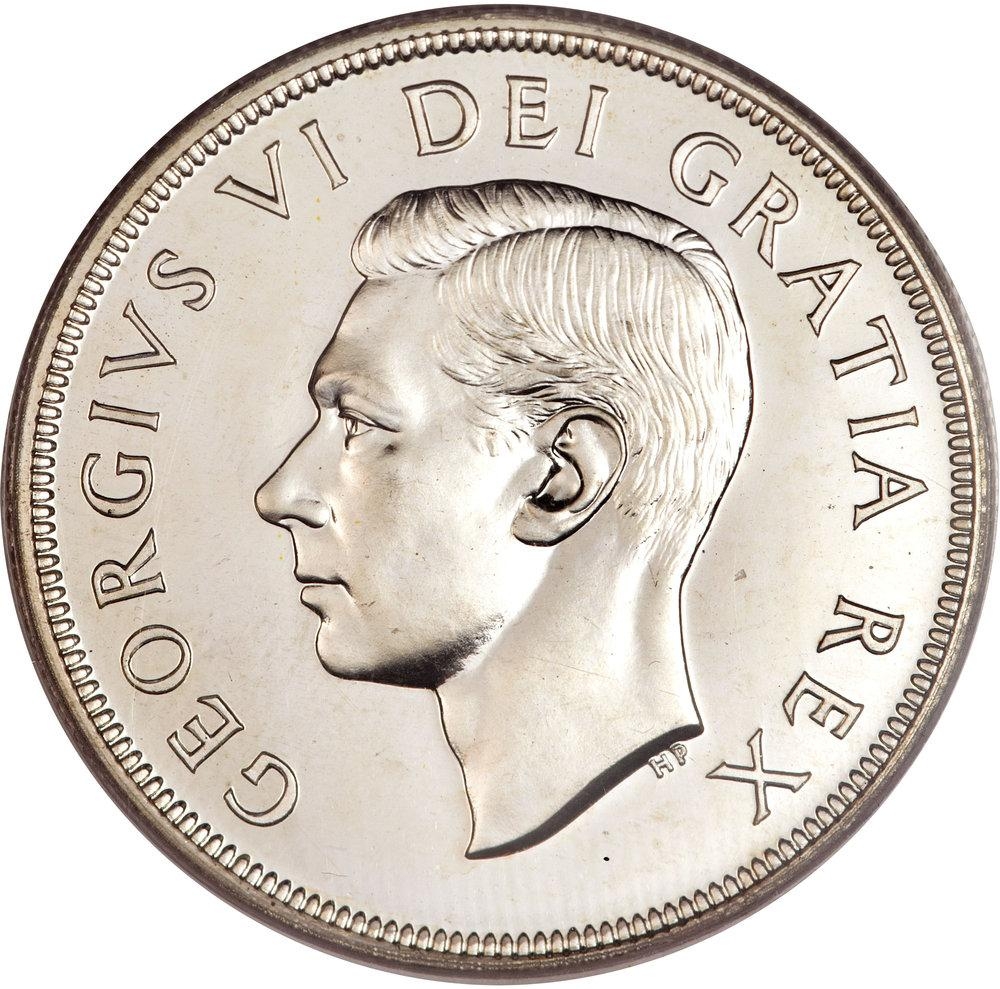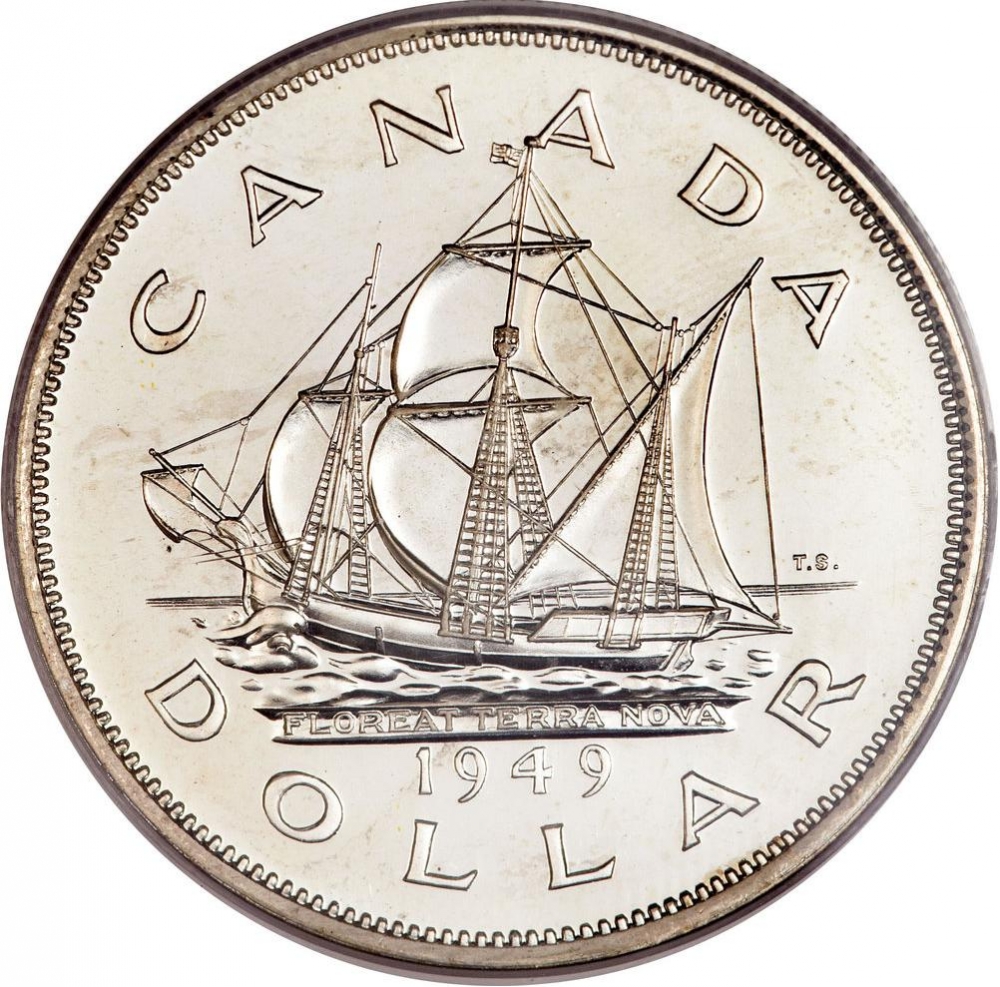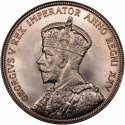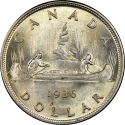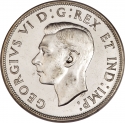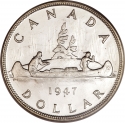You are about to finish your registration. Please check your mailbox (including spam folder). There should be a letter with a confirmation link. Check setting to make sure that your e-mail address is correct.
Send letter againDescription
Attempts to bring Newfoundland into Confederation in the 1860s and 1890s were met with lukewarm interest in the colony. In 1934, Newfoundland was in bankruptcy during the Great Depression. It suspended responsible government and accepted an unelected Commission Government directed by Britain. In a 1948 referendum, Newfoundlanders were given the choice to either continue with the Commission Government, join Canada, or seek a return to responsible government as an independent dominion. The independence option won the first vote. But the Confederation option won a run-off vote with 52.3 per cent support. The British and Canadian parliaments approved of the union. Newfoundland became Canada’s 10th province on 31 March 1949. In 2001, the province’s name was officially changed to Newfoundland and Labrador.
Obverse

|
Bare head of George VI facing left, surrounded by the legend, an abbreviated translation of “George VI, by the Grace of God, King”. GEORGIVS VI DEI GRATIA REX |
|---|---|
Reverse

|
Depicts the Matthew, the ship historians believe John Cabot was sailing when he discovered Newfoundland, below which reads the Latin inscription "May the New Found Land Flourish", surrounded by the facial value and the country name. CANADA |
| Edge |
